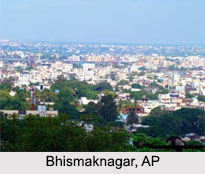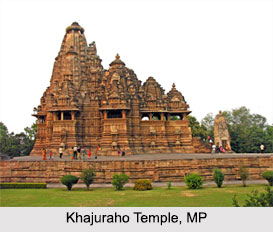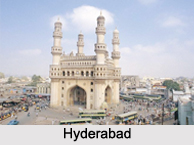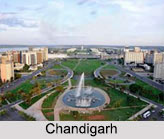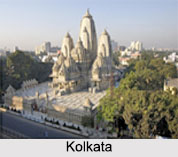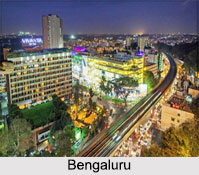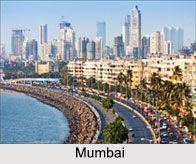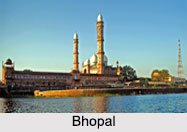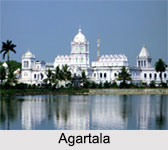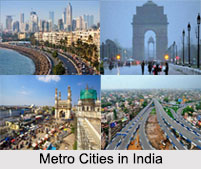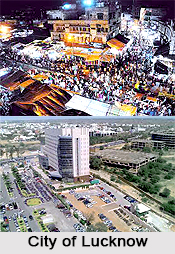 Early History of Lucknow can be traced right back to the time of its origin. Traditional accounts and legends ascribe the origin of Lucknow to Lord Rama`s favourite brother, Lakshmana who is believed to have founded the settlement and named it Lakshamanavati or Lakshmanpur after himself. It was venerated as a sacred place associated with the worship of Sheshnaga, the Lord of the nether regions.
Early History of Lucknow can be traced right back to the time of its origin. Traditional accounts and legends ascribe the origin of Lucknow to Lord Rama`s favourite brother, Lakshmana who is believed to have founded the settlement and named it Lakshamanavati or Lakshmanpur after himself. It was venerated as a sacred place associated with the worship of Sheshnaga, the Lord of the nether regions.
Archaeological Excavation in Lucknow
The archaeological excavations at the Hulaskhere mound, located on the banks of the Karela Lake in Mohanlalganj tahsil, near Lucknow, link the city to pre and proto-historic times. The six-metre-high massive mound covers an area of 80 acres and dates from prehistoric times to the Sunga-Kushan era, and from the imperial Guptas (first century B.C. to A.D.400) to the Delhi Sultanate. The finds include a hoard of silver coins belonging to the period of Vinayak Pal Deva of Kannauj (tenth century AD), which were unearthed by the priest of the Kalleshwari Devi temple, situated near the excavation site.
The excavations are believed to have yielded the remains of a civilization which dates back to 1000 B.C. according to Dr. Rakesh Kumar Tiwari, Director of the State Department of Archaeology, Lucknow. The remains belong to a prosperous agricultural community which had well-structured buildings and a developed civic system. The ancient remains include terracotta gamesmen and figurines, beads, shell beads and ivory bangles. The remains indicate an active socio-cultural milieu during the pre-Buddhist period, i.e. before the fifth century BC. The archaeological remains also testify to the domestication of animals as part of the economic infrastructure. Meat appeared to be a staple food as is evident from bones found in the excavation. The remains of buildings indicate the use of concrete structures, belonging to the beginning of A.D.400. The brick walls of the houses, which comprised of two to three rooms with sloping roofs, were exposed. Lanes and by-lanes between two housing complexes formed part of the town plan. A 20-metre-long road across the lake has also been encountered which seemed to connect two settlements on either side of the lake.
Lucknow in Kushana Period
The Kushana levels (c. 100 BC to A.D.100), which yielded punch-marked silver coins and copper and gold-coated glass beads, reflect the prosperity of the inhabitants. The terracotta human figurines sporting beards and moustaches may be compared with the Kushana stone sculptures unearthed and stored in the Mathura Museum. Another interesting find includes a stamped gold commemorative inscription bearing the image of a popular deity Kartikeya, wearing a head-dress with three jewels, and holding a spear. The figurine bears testimony to the contact of the Hulaskhera Township, with places outside. The historic phase (A.D.40-900) provides evidence of large rooms being converted into smaller units. Even the teracotta figurines indicate a marked decline in the plastic arts. But the evidence of a brick fort is notable for the remains of large housing complex, which may have been a community centre or a nobleman`s residence.
Lucknow during 16 Mahajanapadas Era
During the early historic period, Lucknow and its neighborhood formed part of the once-celebrated Kosala Mahajanapada. In the accounts of the Brahmanas and the Jataka, Kosala existed as a territory in the time of King Janaka of Mithila.
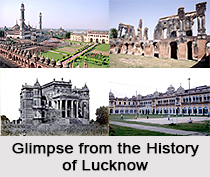 Lucknow in Maurayan and Kushana Empire
Lucknow in Maurayan and Kushana Empire
This region was later included in the Mauryan and Kushana Empire. Kushana antiquities including sculptures, large-sized bricks, teracotta and a coin were recovered from the neighborhood of Lucknow. There are no direct references to Lucknow in historical narratives, nor any archaeological finds which may help in reconstructing the ancient past.
Lucknow in post-Pratihara Period
The most striking incident in the post-Pratihara period was the invasion of Saiyid Salar Masud Ghazi, the nephew of Mahmud of Ghazni. He is reported to have tried to reduce the territory of Awadh to submission between A.D. 1031 and 1033 and died in action at Bahraich where he is buried. In the fourteenth century, Lucknow came under the rule of the Sultans of Delhi, and thus began a new phase of its history as a part of the Delhi Sultanate.
